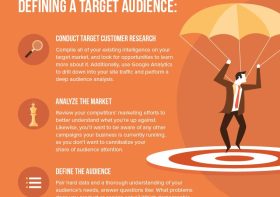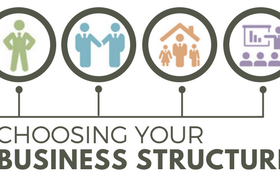IoT Solutions: Connecting Devices for Efficiency

The Internet of Things (IoT) has revolutionized the way devices interact with each other, enabling them to share information and work together seamlessly. IoT solutions have become key in various industries, offering numerous benefits such as increased efficiency, reduced costs, and improved customer experiences.
What is IoT?
IoT refers to the network of physical devices, vehicles, appliances, and other objects embedded with sensors, software, and connectivity. These devices collect and exchange data over the internet, allowing them to communicate and interact with each other without human intervention. The ability to connect and share information enables IoT solutions to create intelligent systems that can make decisions and automate processes.
The Power of Connectivity
Connectivity lies at the heart of IoT solutions. By integrating devices, businesses can monitor and control multiple systems simultaneously, leading to improved efficiency and productivity. For example, in the manufacturing industry, IoT solutions enable machines to communicate with each other in real-time, optimizing production processes and reducing downtime.
Connectivity also enables businesses to gather vast amounts of data from various devices. This data can then be analyzed and used to gain valuable insights, allowing companies to make informed decisions and enhance their operations. For instance, in agriculture, IoT solutions can collect data from sensors in fields, analyzing factors such as soil moisture, temperature, and crop growth to optimize irrigation and increase yields.
IoT Solutions for Efficiency
IoT solutions offer a multitude of applications across different industries, all with the aim of improving efficiency. Let’s explore some key areas where IoT solutions have made a significant impact:
Smart Homes
IoT solutions have transformed traditional homes into smart homes, enhancing convenience and energy efficiency. Connected devices such as thermostats, lighting systems, and security cameras can be controlled remotely through smartphones or voice assistants. For example, homeowners can adjust the temperature, turn off lights, and monitor their home’s security while away, resulting in energy savings and peace of mind.
Transportation
IoT solutions have revolutionized transportation by connecting vehicles, infrastructure, and passengers. Connected cars equipped with IoT sensors can monitor fuel consumption, engine health, and maintenance needs in real-time. This enables predictive maintenance, reducing breakdowns and increasing the lifespan of vehicles. Additionally, IoT-based transportation solutions can optimize traffic flow, reducing congestion and improving road safety.
Retail
In the retail industry, IoT solutions enable businesses to streamline operations and enhance customer experiences. Connected devices can monitor inventory levels in real-time, automatically placing orders when stocks run low. This leads to optimized supply chains, reduced costs, and improved customer satisfaction. Moreover, IoT solutions provide personalized marketing opportunities, as retailers can collect data on customer preferences and deliver targeted offers or recommendations.
Healthcare
IoT solutions have transformed the healthcare sector, enabling remote patient monitoring and improving the quality of care. Connected wearable devices can track vital signs, allowing healthcare professionals to monitor patients’ health conditions from a distance. This not only reduces the need for frequent hospital visits but also enables early detection of potential health issues, improving patient outcomes. IoT technology also enables the integration of medical devices and systems, ensuring seamless communication and efficient workflows.
Challenges and Future Outlook
While IoT solutions offer immense potential for efficiency improvement, they also come with challenges. One major concern is data security and privacy. With the large-scale collection and exchange of data, ensuring the protection of sensitive information becomes crucial. Businesses must invest in robust security measures to safeguard against cyber threats.
Additionally, the sheer number of devices to connect and manage in large-scale IoT deployments can be overwhelming. Providing seamless connectivity and interoperability requires careful planning and integration. Standards and protocols must be established to ensure the smooth operation of IoT ecosystems.
Looking ahead, the future of IoT solutions seems promising. As technology continues to advance, IoT devices will become even more interconnected and intelligent. Edge computing, where data processing occurs closer to the source rather than relying on cloud-based systems, is set to gain prominence. This will further enhance efficiency by reducing latency and allowing real-time decision-making.
In conclusion, IoT solutions have revolutionized the way devices connect and collaborate, leading to increased efficiency and improved outcomes across various industries. The power of connectivity and data exchange enables businesses to make informed decisions, automate processes, and create personalized experiences. While challenges exist, the future outlook for IoT solutions is bright, promising further advancements and new opportunities for efficiency improvement.


